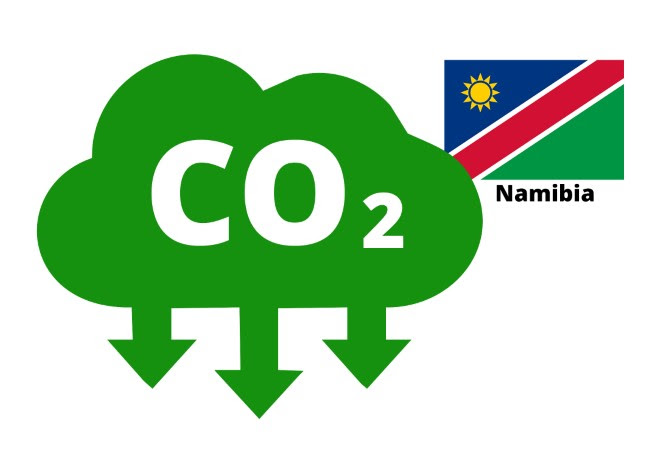
Joint efforts from private and public players required to meet goal of limiting global warming to 2°C

A conference to discover innovative strategies to safeguard the country from the devastating impacts of climate change caused by technologies that are high in global warming potential was held this week in Windhoek.
The conference on decarbonisation, which is the removal or reduction of carbon dioxide output into the atmosphere, was hosted by the Association of Heat, Ventilation, and Cooling Association (HVAC) Namibia in collaboration with the Ozone Layer Unit.
Speaking to various stakeholders from the SADC as the main speaker, the Minister of Industrialisation and Trade, Lucia Iipumbu said climate change is altering climatic conditions globally and as a result influencing economic production and the way of living.
“This makes decarbonisation one of the most important tools and greatest challenges of the 21st century. Thus, governments around the world including Namibia committed to binding targets, to limit global warming to 2°C,” she said.
Iipumbu said achieving this goal is heavily dependent on individual nations together with their private sector players to act and work together to reduce their emissions and replace hydrocarbons with renewable power sources and climate-friendly equipment.
“Furthermore the aim is to also encourage sectoral innovation to replace carbon-emitting equipment and production models as part of the Just Transition to decarbonizing economies to ensure sustainability and future production,” she added.
According to Iipumbu, Namibia’s commitment through strategy emphasizes the following to be accomplished in partnership with the private sector and other stakeholders; licensing and quota system for Hydrochlorofluorocarbons (HCFCs) since January 1, 2015, and Hydrofluorocarbons (HCFs) as of January 1, 2025; training of customs officers on identification and control of import of ozone-depleting substances and technician training on good and safe service practices, use of hydrocarbon refrigerants.
“The above measures will result in a reduction of direct emissions, associated with the refrigerant gases used by refrigerators and air conditioning devices during their operational lifetime,” she added.
Meanwhile, Iipumbu said Namibia is committed to awareness-raising activities including regular coordination meetings with stakeholders to create an enabling environment for the outlined decarbonizing interventions.
“The Kigali Amendment sets a timeline for Parties to freeze HFC consumption in 2024 and to commence the step-down phases to progressively reduce HFCs by 2029. This means that there is a significant window of opportunity for reducing HFC emissions before 2029 and Namibia intends to exploit this mitigation potential until 2030,” she concluded.











































